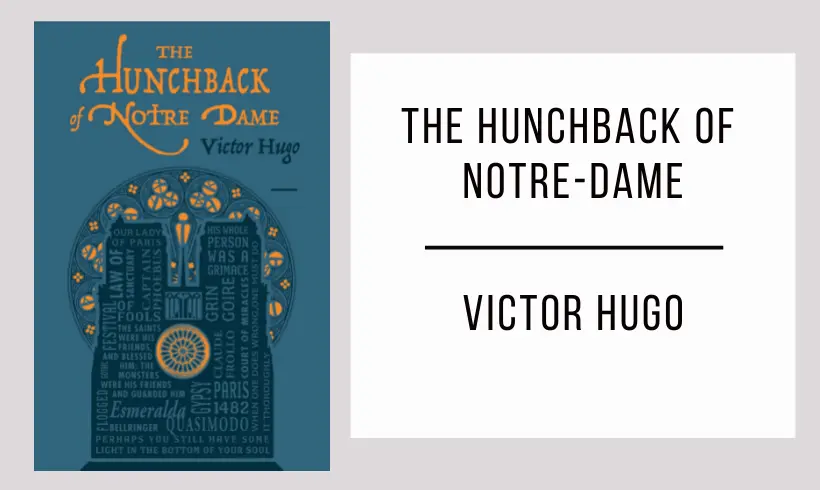“The Hunchback of Notre-Dame” by Victor Hugo is a captivating masterpiece that will transport you to the vibrant and mysterious city of Paris.
Download for free and immerse yourself in the pages of “The Hunchback of Notre-Dame” in PDF format. Don’t miss the chance to explore the literary magic of Victor Hugo!
Don’t miss the opportunity to immerse yourself in the magic of “The Hunchback of Notre-Dame.” Experience the intensity of its characters, the beauty of its prose, and the emotion that only a classic by Victor Hugo can provide.
The Hunchback of Notre-Dame in PDF format
*Wait a few seconds for the document to load, the time may vary depending on your internet connection. If you prefer, you can download the file by clicking on the link below.
Loading fileInformation The Hunchback of Notre-Dame
- Author: Victor Hugo.
- Publication Date: 1831.
- Main Characters:
- Quasimodo: Hunchback bell-ringer of Notre-Dame Cathedral.
- Esmeralda: Young gypsy accused of witchcraft.
- Claude Frollo: Archdeacon obsessed with Esmeralda.
- Phoebus de Châteaupers: Captain of the guard who seduces Esmeralda.
- Brief summary: “The Hunchback of Notre-Dame” tells the story of Quasimodo, a deformed man living in the Notre-Dame Cathedral, who falls in love with Esmeralda, a gypsy persecuted for her beauty. The plot unfolds in medieval Paris, where passion, betrayal, and the tragic destiny of the characters intertwine.
- Thematic analysis: “The Hunchback of Notre-Dame” addresses themes such as loneliness, beauty, obsession, justice, and redemption. It explores the dichotomy between faith and human cruelty, portraying the internal struggles of the characters and the consequences of their actions.
- Historical context: Victor Hugo’s “The Hunchback of Notre-Dame” was published in 1831, during the literary movement known as Romanticism. Set in the 15th century, the novel reflects the romantic fascination with the Middle Ages and critiques the society of the time, depicting moral decay and social inequality. Additionally, the work contributed to raising awareness about the importance of preserving architectural heritage, as the Notre-Dame Cathedral is a central element in the plot.





